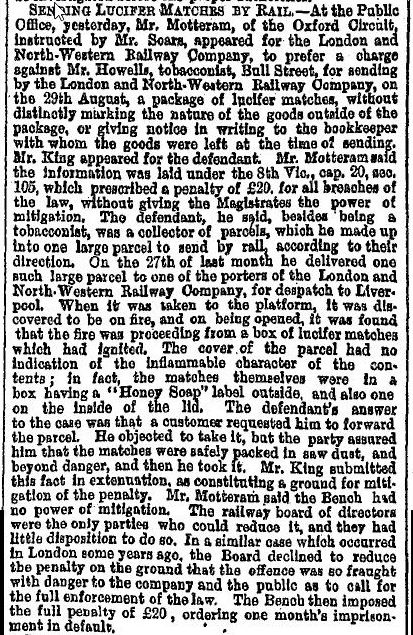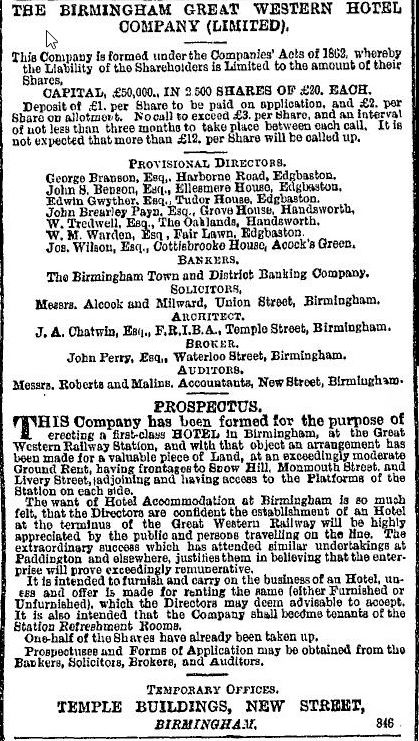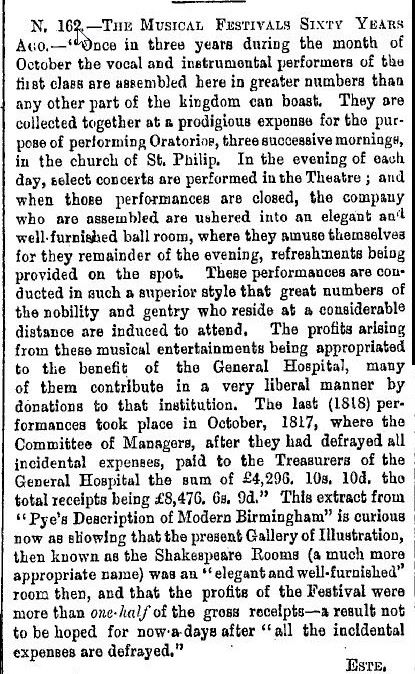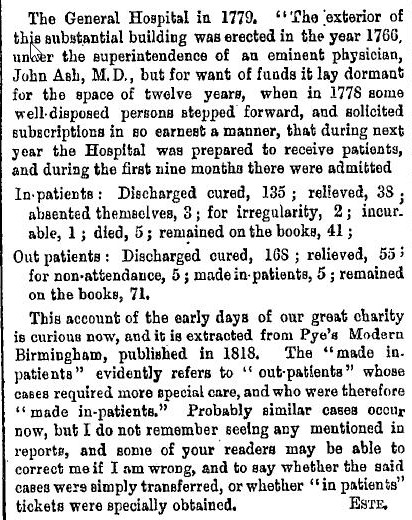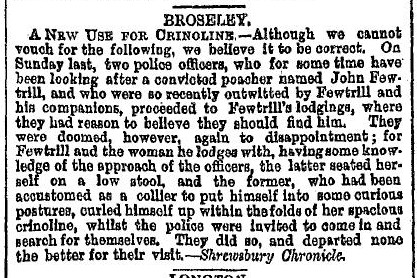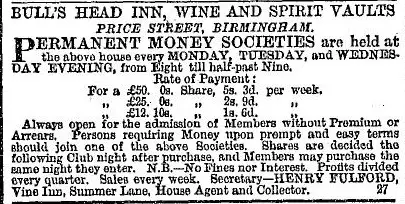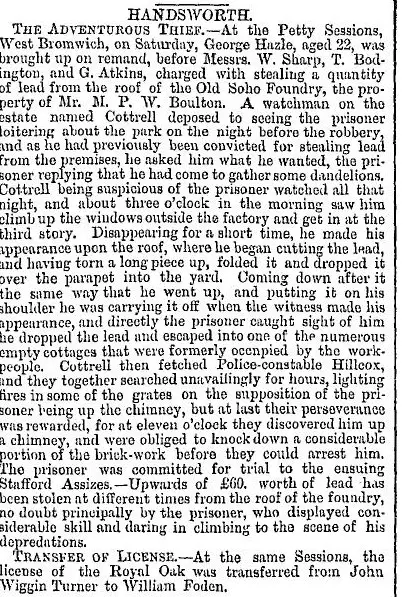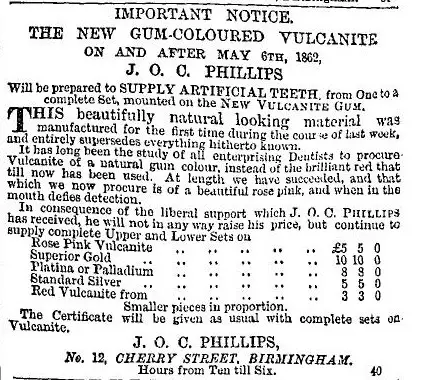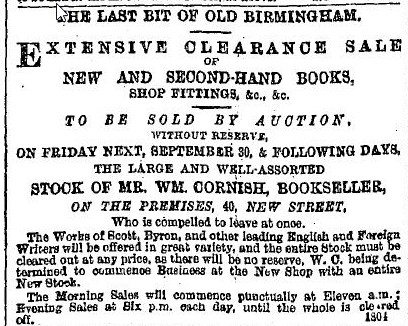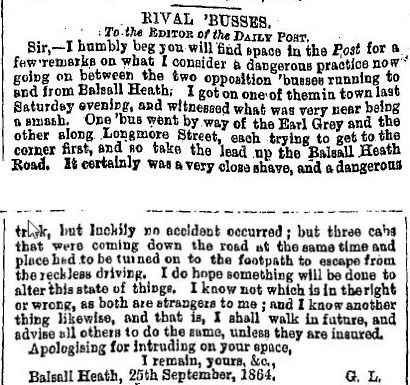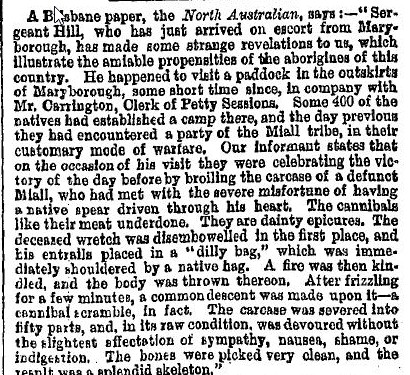paul stacey
master brummie
The "Oakum" or rope was ex Royal Navy rope which would be inundated with (Tar), many contemporaries wrote of inmates both Workhouse and Prison, having hands covered in blood and palms skin worn away, they also got very painful skin diseases as well. It was an awful job and children as young as 11years also did this work, if they failed to get the quota they missed the very basic meals.

